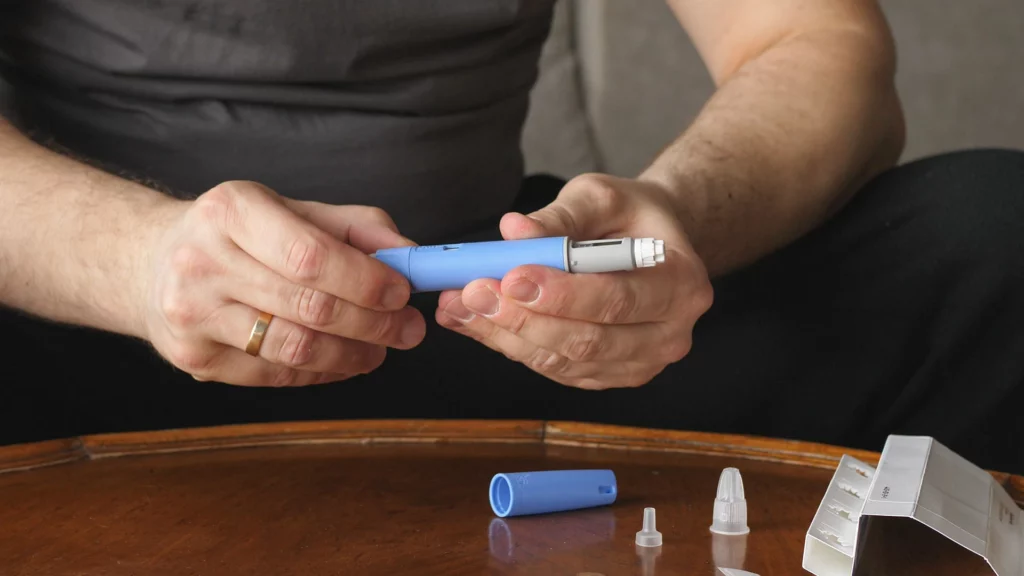Stimulants such as methamphetamines and cocaine profoundly influence public health and socio-economic conditions.
By examining how these substances interact with neurotransmitters in the brain, we uncover the mechanisms behind behaviors and dependencies.
This article will discuss the historical and cultural significance of stimulants, their legal implications, and the strategies for treating addiction, providing a comprehensive look at their role in society.
Methamphetamines and How Stimulants Affect the Brain
Despite the overwhelming attention to the opioid crisis, methamphetamine significantly affects less affluent areas, especially those near borders, as in Southern California or in more remote regions of Michigan.
Economic factors often dictate the prevalence of meth use, with its low cost making it accessible in poorer communities, contrasting sharply with more expensive opioids.
Methamphetamine and other stimulants manipulate the key neurotransmitters—dopamine, norepinephrine, and serotonin.
These chemicals are pivotal for regulating mood, energy, and aggression. Understanding the impact of these drugs helps to explain both the physiological allure and the dangerous potential of stimulant misuse and overdose.
Cocaine as a Misused Stimulate
Cocaine’s image is shaped by both its luxurious portrayal in media and its stark reality in the streets as crack cocaine.
The transition from a medicinal ingredient in the early 20th century to a staple of recreational drug use illustrates its complex societal role.
The economic impact is equally significant, influencing everything from street economies to international drug trafficking.
Historically, cocaine has had considerable influence on society and even warfare. Its use by soldiers in the 20th century to enhance alertness and reduce fatigue is a notable example of its potent effects.
These historical uses underscore the powerful grip cocaine can have on individuals, which persists even in modern settings.
Prescription Medications and Addiction
Medications like Adderall and Sudafed serve legitimate medical purposes but also come with high risks of addiction.
The therapeutic benefits can sometimes lead to dependency, highlighting the need for careful management and awareness of the potential for abuse.
The legal status of various substances, including stimulants and depressants, has changed dramatically over the years, reflecting shifting societal norms and understandings of drug use.
The reclassification of cannabis in many regions illustrates this evolving perspective, which continues to shape the legal and health landscapes.
MDMA and Bath Salts in the Club Scene
MDMA and bath salts are prominent in nightlife settings, known for their intense sensory enhancements and emotional effects.
However, the dangers of adulteration with other substances pose significant risks to users, emphasizing the need for caution and awareness among those who encounter these drugs.
Strategies for Treatment and Rehabilitation
Treating drug misuse and overdose involves a combination of medical intervention and psychological support.
Benzodiazepines often play a crucial role in managing symptoms of overdose, while behavioral therapy helps address the underlying causes of addiction.
These treatments are vital for recovery, helping individuals regain stability and improve their quality of life.
Conclusion
Stimulants have complex implications for health and society. By understanding how these substances affect the brain and behavior and examining their cultural and legal contexts, we can better address the challenges they pose.
Effective treatment and informed public policy are essential for mitigating the risks associated with these powerful drugs.
If you enjoyed this episode, you can watch and listen to the podcast on YouTube, Spotify, or our blog.
Continuing Education
If you are an EMT or paramedic and need continuing education, you can check out Guardian Medical Direction’s GuardianCME platform for FREE CEs. To watch additional episodes of the Back to Basics podcast, check us out on Spotify.



